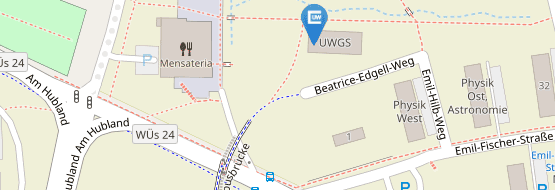Neurophysiology
Research focus
Our lab is interested in how neuronal activity sculpts emerging brain circuits during development, with a special focus on GABAergic signaling. We explore the roles of GABAergic interneurons—mediating both inhibition and excitation in the immature brain—and how their functional maturation shapes network dynamics at single-cell resolution. Additionally, we examine how synaptic and network dysfunctions contribute to neurodevelopmental and neurological disorders, for instance, due to anti-neuronal autoantibodies or in the context of Parkinson’s Disease.
To address these questions, we employ two-photon Ca²⁺ imaging in living mice and brain slices to monitor neuronal activity at cellular resolution, alongside patch-clamp electrophysiology to dissect synaptic transmission and plasticity. We integrate these approaches with chemo- and optogenetics for targeted circuit manipulation and apply computational data analysis to decode complex neural dynamics from high-dimensional datasets.
contact: knut.kirmse@uni-wuerzburg.de

Research focus
Our research interests focus on molecular mechanisms that modulate cellular excitability and their effects on structure and function of neurons and neuronal circuits. Potassium channels are key molecules in such processes and especially inward rectifying and two-pore domain K+ channels substantially contribute to the resting membrane potential, as they are open at negative voltages. We have identified and characterized diverse members of these K+ channel subfamilies and mainly contributed to the discovery of K2P channels that are regulated by the plethora of sensory and modulatory stimuli, such as temperature, pressure, anesthetics, protons and neurotransmitters. Activation or inhibition of these channels are effective approaches to investigate the influence of excitability on neuronal function and development, which include synapse formation, axon outgrowth, gene expression and protein targeting. We apply recombinant systems, primary cultures and brain slices as well as imaging techniques to address these questions.
contact: fdoering@uni-wuerzburg.de






